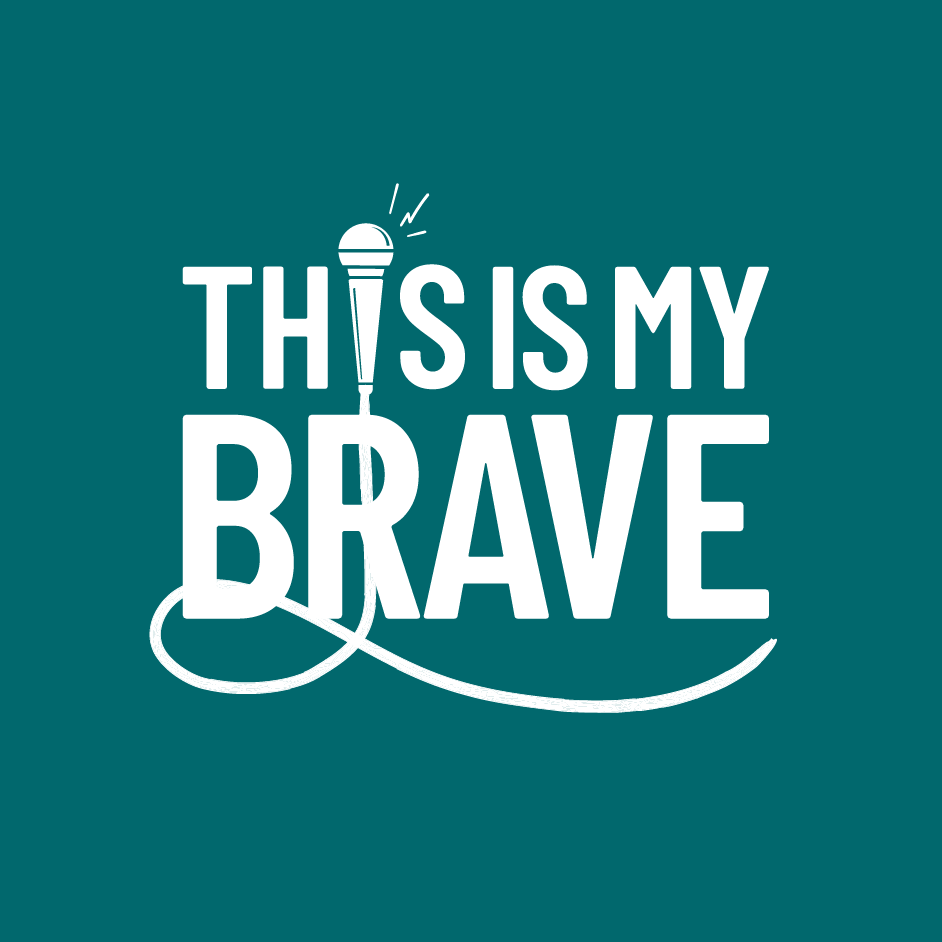Rehearsals are underway for the USF production of This Is My Brave: College Edition. Through creative expression, USF students living with mental illness share their stories on stage in front of the community to break down the stigma surrounding mental health.
“Research has shown that when it comes to addressing stigma, specifically the stigma surrounding behavioral health conditions, storytelling is the most effective tool for this,” said Kristin Kosyluk. She’s an assistant professor in the Department of Mental Health Law & Policy. And director of the USF Stigma Action Research (STAR) lab. “The goal of this programming is to not only transform the audience members’ impressions of people living with behavioral health conditions and attitudes towards seeking treatment, but also to have a positive impact on the cast members as they’re empowered through their storytelling.”
This Is My Brave
This Is My Brave is a nonprofit organization that created the framework for a stage show. The show was first debuted in 2014 in Virginia. It has since grown across the country and abroad. In 2022, Kosyluk brought the college edition of the Brave stage show to USF for the first time. The organization’s vision behind the productions is to, “one day, live in a world where we don’t have to call it ‘brave’ to talk openly about mental illness. We’ll simply call it talking,” Kosyluk said.
The organization originally approached Kosyluk and the USF STAR lab in 2016 about evaluating the effectiveness of their stigma reduction programming. The research collected so far shows that, for audience members, there’s a significant reduction in stigma and improvement in attitudes toward treatment seeking. And for cast members, there’s an increased sense of empowerment, self-esteem, self-efficacy and optimism. In addition to interviews and pre-post surveys with audience members and the storytellers themselves, the show is filmed and has been included as a part of several research trials.
“Mental illness is not seen. Sometimes it can be like a battlefield, but in your brain,” said Ashley Accius. She’s a graduate student of social work and one of last year’s This Is My Brave cast members. “When other people look at a person, they can look fine, sweet, happy and beautiful. People with mental illness can also be funny and the light of the room. Anyone can struggle with mental health. And it is important to talk about mental illness because stigma thrives from a lack of education and exposure.”
Learning how to tell their stories
Students who answer the casting call go through an audition process where lead producer Kosyluk and her colleagues look for two factors: their storytelling medium and how their message is structured. In order to keep the audience engaged, Kosyluk said there must be variety in the form of creative expression on the stage. This Is My Brave shows have had song, dance, poetry, monologues, stand-up comedy, and even mime. The goal is for the audience to leave with the understanding that people with mental illnesses are capable of recovery.
“A really important tenant of stigma change is that these stories have to be delivered in a v-shaped fashion,” Kosyluk said. “That means, there is a bit of a description of what we call the ‘on the way down’ message, or the things the person has struggled with, but then it has to end with the ‘on the way up’ message, or their recovery journey and their sense of hope and optimism for the future.”
Part of the rehearsal process includes coaching the storytellers, especially if their “on the way up” message needs further development. The details of the stories are never changed, just arranged into a format that is most impactful for the audience. The cast members also have a chance to get to know each other and offer support and feedback along the way.
“I had a lot of anticipation anxiety leading up to the event. But the process was extremely therapeutic and reminds me of narrative therapy in a way,” Accius said. “I am so excited for others to come on stage and experience that indescribable feeling. It is so beautiful.”
More about the show
According to Kosyluk, it’s amazing to witness the growth of the cast members because some come in shy, not projecting their voice. Eventually, they then blossom by the day of the production.
Behind the scenes, a dedicated production team helps bring the show to life. This includes a stage manager, fundraisers, marketers, and mental health clinicians. There’s also a team member who handles the fidelity to the This Is My Brave show model. During the show, several mental health professionals are present in the audience, identified by wearing scarves. Family members of the cast are often in the audience. They may not have known the whole story of their loved one’s journey with mental illness. So the professionals are available for support at any point during the show.
This Is My Brave: College Edition will be on April 21 at 7 p.m. in the Concert Hall on the USF Tampa campus. Click here to find out more and reserve your tickets.

